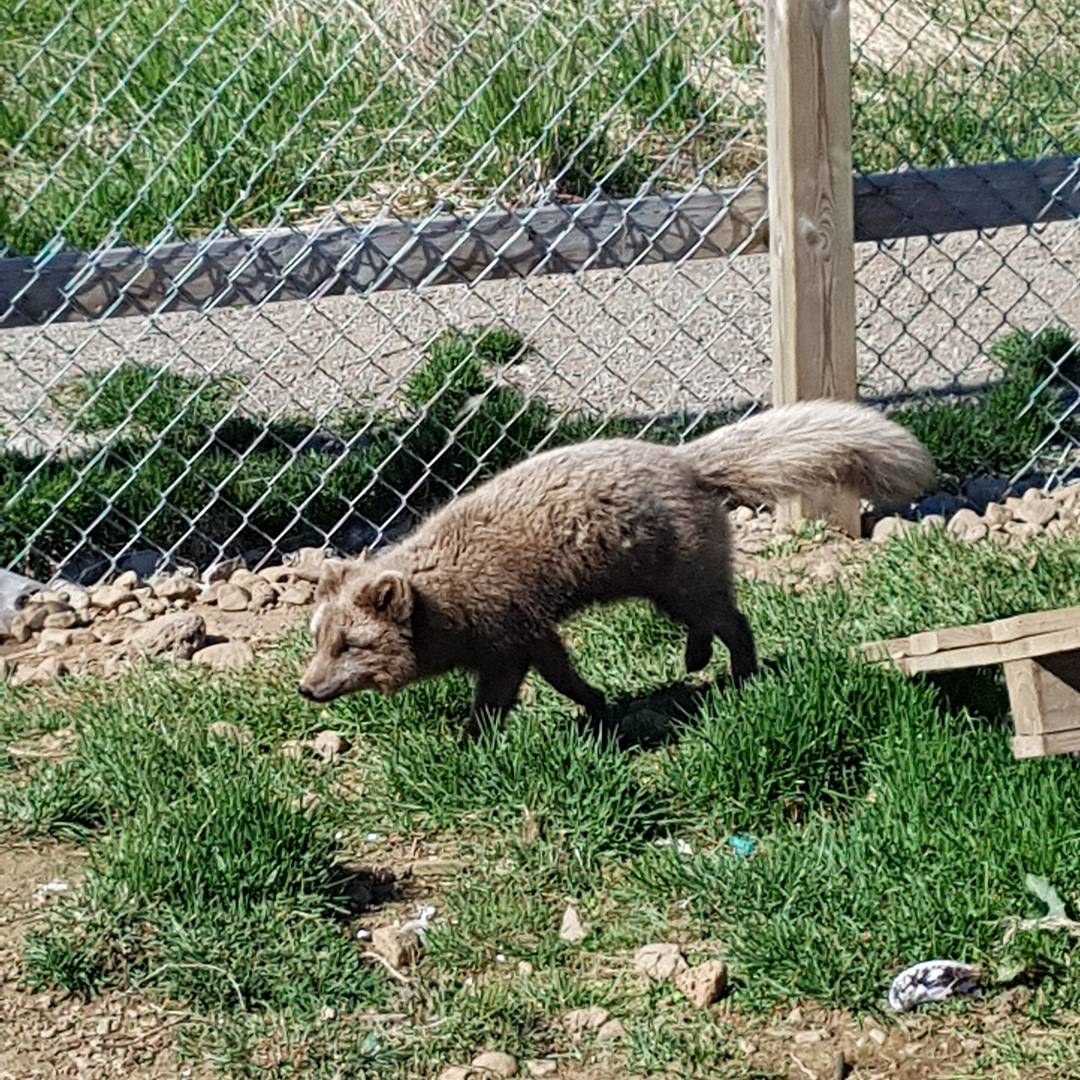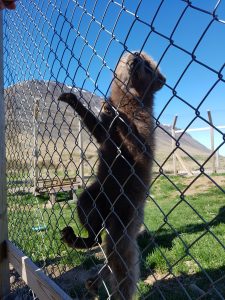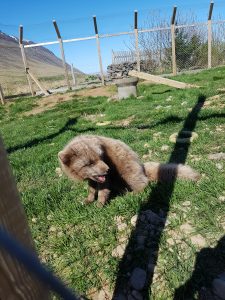
Arctic foxes are a unique species of the arctic tundra and are the only native land mammal in Iceland. Most Arctic Fox populations are known to feed on rodents, particularly lemmings, and their population densities highly fluctuate with prey availability (5). However, in Iceland there are few rodents (only the introduced woodland mouse) so Arctic Foxes instead are mainly coastal predators feeding on seabirds, seal carcasses, fish, and marine invertebrates (3). This distinctive opportunistic hunting life history allows the Icelandic Arctic Fox populations to remain relatively stable compared to populations in other demographics (5).
Fox Hunting in Iceland
Although cute and cuddly looking from an outside perspective, the Arctic Fox is actually seen as a pest to many Icelanders since they have been known to kill sheep and damage eider, and other seabird colonies. Hence, Arctic Fox hunting has been practiced in Iceland since settlement and continues today, and is believed to be the most important mortality factor of this fox population (1). Legislation for fox hunting was first aimed at exterminating the species from Iceland, but fox hunting today is coordinated by the Agriculture Society of Iceland where over two thirds of the costs of hunting are covered by the government (2). Some blame hunting practices for the decline of fox populations in the past but since fox-hunting intensity has been fairly stable over the years it is unlikely to be the cause, more likely is that the population exceeded the natural carrying capacity of the environment (1). Concerns for Arctic fox populations are few since they seem relatively stable (5), and even less concern for Icelandic populations that have been rising since the 1970s (1).



ISCI 361Goes to the Arctic Fox Center
Currently there is no need for conservation efforts for the Arctic Fox in Iceland and hunting of the foxes is still common practice, especially in farming communities. But in recent years these local ‘pests’ have become the star of wildlife tourism in Iceland. During my extended trip to the Westfjords of Iceland I had the opportunity to visit the Arctic Fox Center in Sudavik to learn about these furry animals and come face to face with live Arctic Foxes. The Arctic Fox Center aims to obtain all information relevant to the foxes and promote and participate in Arctic fox research programs and sustainable wildlife tourism (4). The center was packed full of information, pictures, and videos about the Arctic fox and even displayed some stuffed varieties of them. But of course, the best part of the visit was to be able to see and play with the two foxes they had rescued from an abandoned den. The one called Morí was very curious and loved to chew shoes, hats and anything else that might poke through the fence. It was an incredible place if you wanted to know all there is about Arctic Foxes in Iceland.

A Bright Future for Foxes
I think it is fairly safe to say that the Arctic Fox population in Iceland is not under any immediate threat and will continue to be a healthy population so long as hunting regulations remain and food sources do not deplete. Although purely speculation, perhaps the population may even grow more in the future since birds seems to be able to migrate further north and stay longer throughout the year due to climate change. We will have to see what the future holds.
Sources Cited
- Unnsteinsdottir, E. R., P. Hersteinsson, S. Pálsson, and A. Angerbjörn. “The Fall and Rise of the Icelandic Arctic Fox (Vulpes Lagopus): A 50-year Demographic Study on a Non-cyclic Arctic Fox Population.” Oecologia 181.4 (2016): 1129-138.
- Hersteinsson, Páll, Anders Angerbjörn, Karl Frafjord, and Asko Kaikusalo. “The Arctic Fox in Fennoscandia and Iceland: Management Problems.” Biological Conservation 49.1 (1989): 67-81.
- Macdonald, David W., and Claudio Sillero-Zubiri. “Arctic Foxes.” The Biology and Conservation of Wild Canids. Oxford: Oxford UP, 2010. 163-72.
- “The Arctic Fox Center.” Melrakkasetur Islands. <http://www.melrakki.is/about_us/>.
- “Europe & North/Central Asia Arctic Fox Vulpes Lagopus.” Arctic Fox | Canids. Canid Specialist Group. <http://www.canids.org/species/view/PREKKS663901>.
- Hersteinsson, Pall. “History and Status of the Arctic Fox in Iceland.” <http://docs.norden.org/ANP2005720/pdf/History%20and%20status%20of%20the%20arctic%20fox%20in%20Iceland.pdf>.